Can you tell us what TEDx is in a nutshell?
Essentially, organizers around the world apply to have TEDx events. They’re nonprofit. We don’t charge any money for them. If they have a good theme, then we grant them a license. They then curate speakers from their local community. So the difference between TED and TEDx is, obviously, there’s a much more community and local feel to TEDx.
How did TEDx decide to create an official customer feedback program? What is the desired experience you’re looking for from the customer?
We grant licenses to organizers and events around the world. And our name, the TEDx name, and by association the TED name, is tied to that event. So if the events do poorly, it’s not a good sign, and we would like to ensure that the events that happen around the world are of standard quality. Our feedback process starts after the event has concluded, when we obtain the e-mail list of all attendees of this particular TEDx event. Then we send these attendees the Delighted questionnaire.
Once the attendees answer, we gather that data so, first, we know how that event went, and, second, should the organizers want to hold another event next year, we can decide based on the responses. That’s one of the many kind of inputs that we have, looking at their NPS score. How did you do last year? If you did well, fantastic. How do we ensure that you keep that going? And if you did poorly, what went wrong, and what can we do to make it a better event?.
So, the local user of the event sends it out, or do you?
What happens is at the end of events we send an e-mail to the organizer with a few different links. One link the organizer clicks and they go to a Delighted web page. On that page, the organizers then upload the CSV of the names and the e-mails of the attendees. Once they press Submit, one of our team members gets a confirmation of that. At that point, we get notified and an e-mail goes to all of the attendees of that specific event.
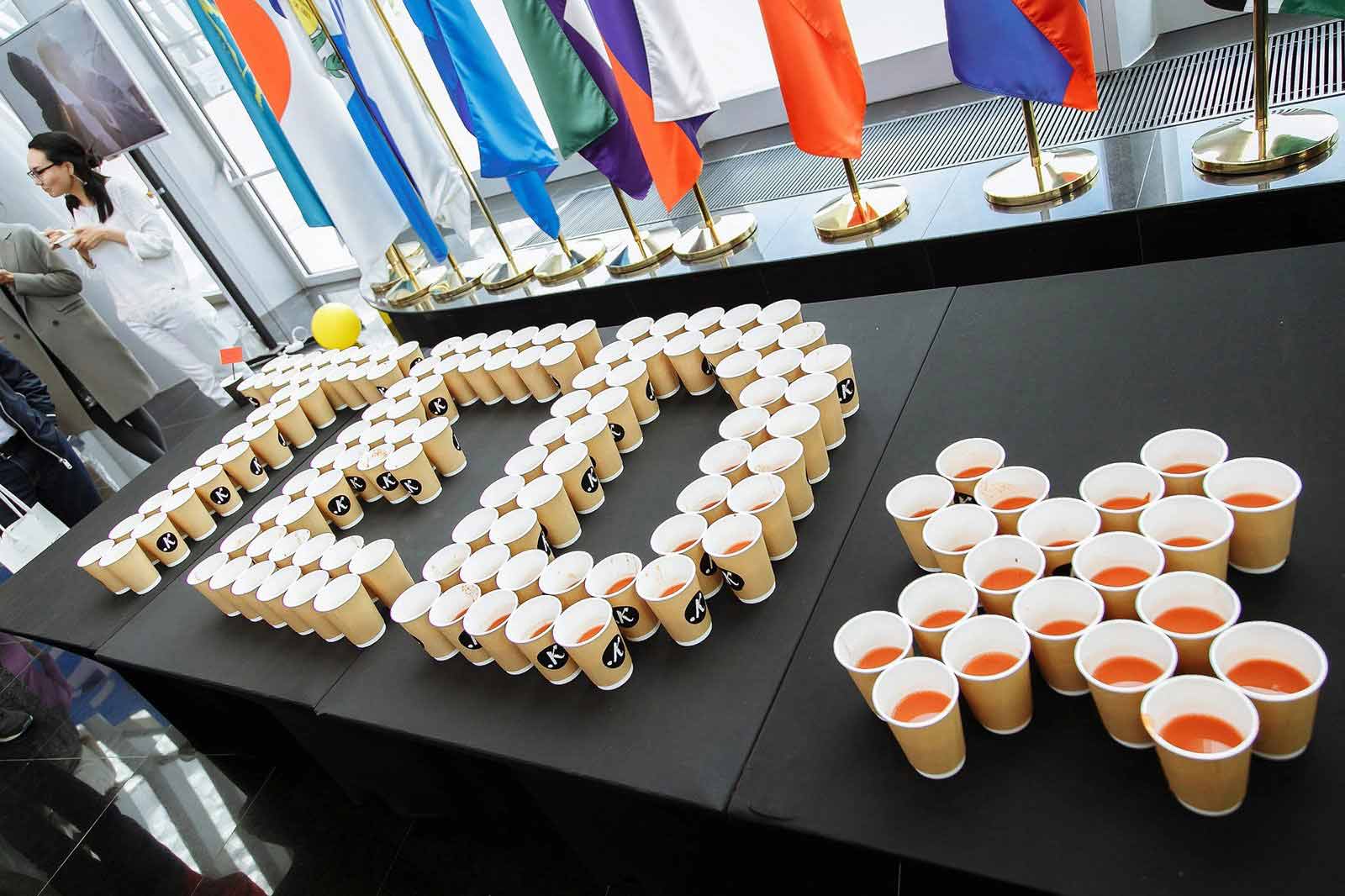
Are you getting both the NPS score and then the verbatim information as well?
Exactly. We get the e-mail containing what the attendees write and how they felt about the event, and we’ll also get a score. We ultimately share the feedback with the attendees, although we redact the names of the attendees. All of this allows the organizer to know the areas that they did well on and the areas that they can improve on.
So how do you determine what number’s a good number or not?
We’ve been tracking our overall NPS score for the past few years. I think we were probably in the 50s when we started, and now I think our average NPS score for the 3,500 yearly events is something like 74 or 75, which is a really high NPS score. Anything about 70 is considered incredible, I think.
What have you done based on the the feedback that has helped you raise the score so much?
Obviously, we internally discuss it and review it, and see what points and what regions of the world are doing what. Ultimately, we have a team of members that meets with a lot of the organizers. When they apply for the license, one or two team members get on a Skype call for about 30 minutes or an hour, and they chat with them. One of the things that obviously comes up is how they did last year, which we know from the NPS score and information.
And they say, “Hey, you did great on these, but it seems like the transition from the first feed to the second could’ve been better,” or “The ability for the attendees to get tickets was a little slow, so people were like waiting outside,” and things like that. This way, they can work on improving those areas. Every year we have a record of how every event is doing, year over year. We like to see an upward trajectory and slope for events. And that’s how we’ve been improving things.
Is there an overall data collection that’s shared with Ted executives?
Yes, it goes all the way to the top. All of the directors meet with the CEO, and they discuss it on a very high level. So everyone is aware of how the TEDx program is doing worldwide. They’re aware of things from a lot of different ways, but one of the aspects that we end up using as a gauge of how the program is doing are the NPS scores have been evolving.
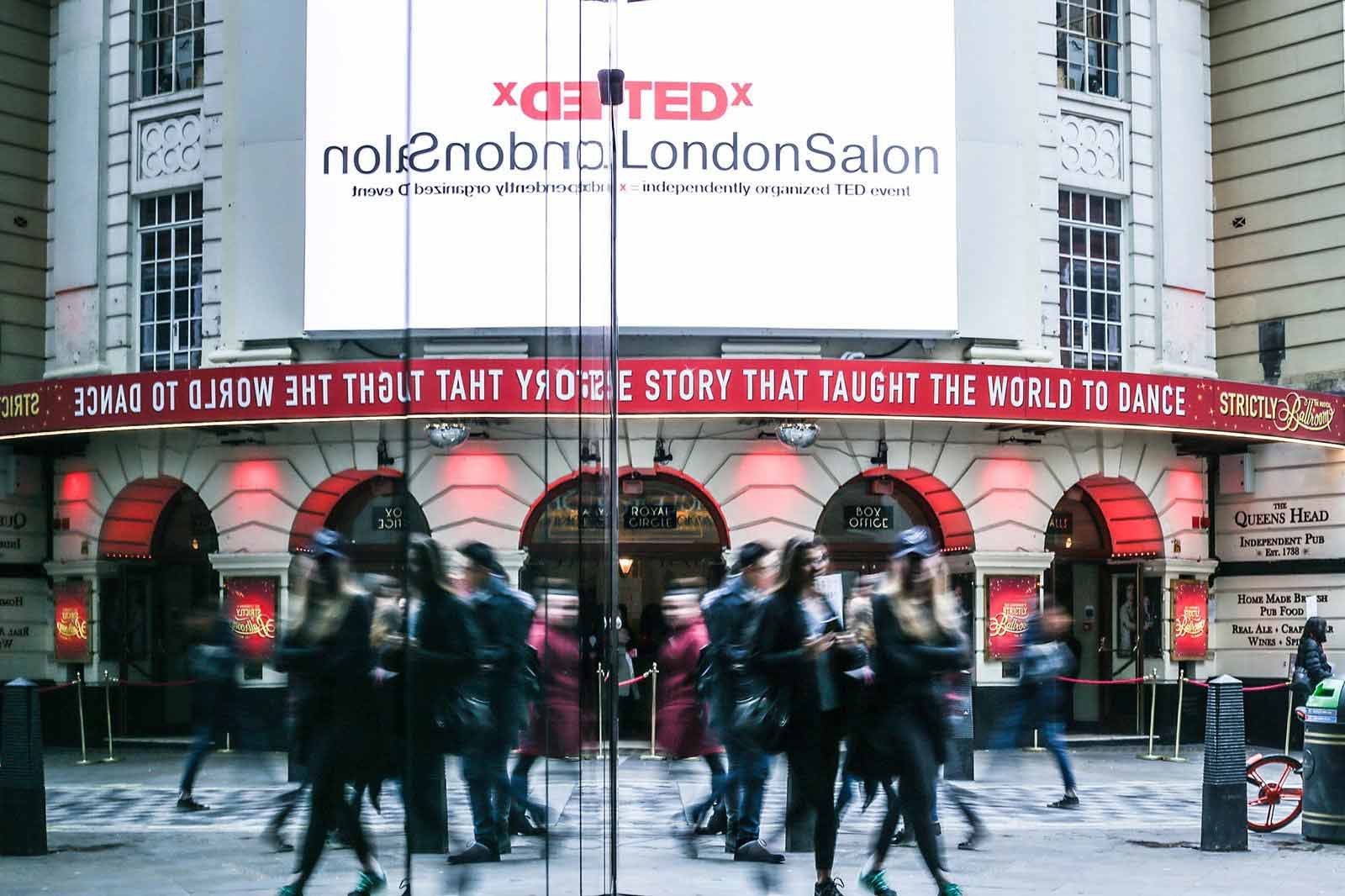
Could you just tell us a little bit about any of the issues or challenges you might’ve had to create the program?
The program was increasing at a pretty rapid rate the first year. We had a very hands-on approach with every organizer around the world in the beginning. But now there are tens of thousands of organizers around the world. We have 115,000 TEDx talks that have been published, so it is getting large. We have a small team, but there are 18 full-time TEDx members managing from the application process all the way to the point where the talks of every event are put online.
So we needed a better way of assessing how the events are doing. And that’s when we decided to go with an NPS score, because we’ve seen it and actually had read about it, about how it was started, how it’s kind of being used in the practice. No one likes filling out things, so that’s when we kind of decided, “Okay, let’s go with NPS.”
How many people internally are involved in the program?
I am mostly involved with the technical aspects, so I work with [Delighted’s] Sean and Caleb a lot on other things. There is one intern whose job—about 80 percent of it anyway—is to manage and store and send out e-mails to events and organizers, get the feedback, etc. And all of that gets reported to the manager, and then the manager has quarterly meetings with the deputy and executive director of TEDx.
Is there anything else to the procedure?
Well, we know every event that’s happening every day. We send out an e-mail in a of very specific time period from the day of the event that’s taken place, and then we keep track of how many days since the dispatch of the e-mails. We store the answers. We share it. The directors ask all the relevant questions: “How is the NPS scoring going? Who’s doing well? What teams or what parts of the world? Could it be improved upon?” The director doesn’t necessarily want to get into the nitty-gritty, but, from a high level, they’re aware of everything.
Are there any other internal platforms that you connect this information to?
We use Salesforce quite heavily for the application process. We have had the desire to integrate the NPS scores with Salesforce, but there have been different projects and initiatives that have higher priority. Ultimately, though, we would like to have the entire process automated.
We’d also like to have that score reflected within that event, so that the next time the event is applying, and we’re looking at the application, that field with the NPS number is published from the previous year.
What, if any, are the plans to evolve the customer feedback initiative in general?
I think as far as how we use the platform, we still want to keep using just NPS. One thing that we’ve been quite happy with, with the team and Caleb’s accessibility, has been their willingness to accommodate with product enhancement features, and they’re always open to it. Which is kind of one of the reasons that we’ve stayed with Delighted for the past several years.
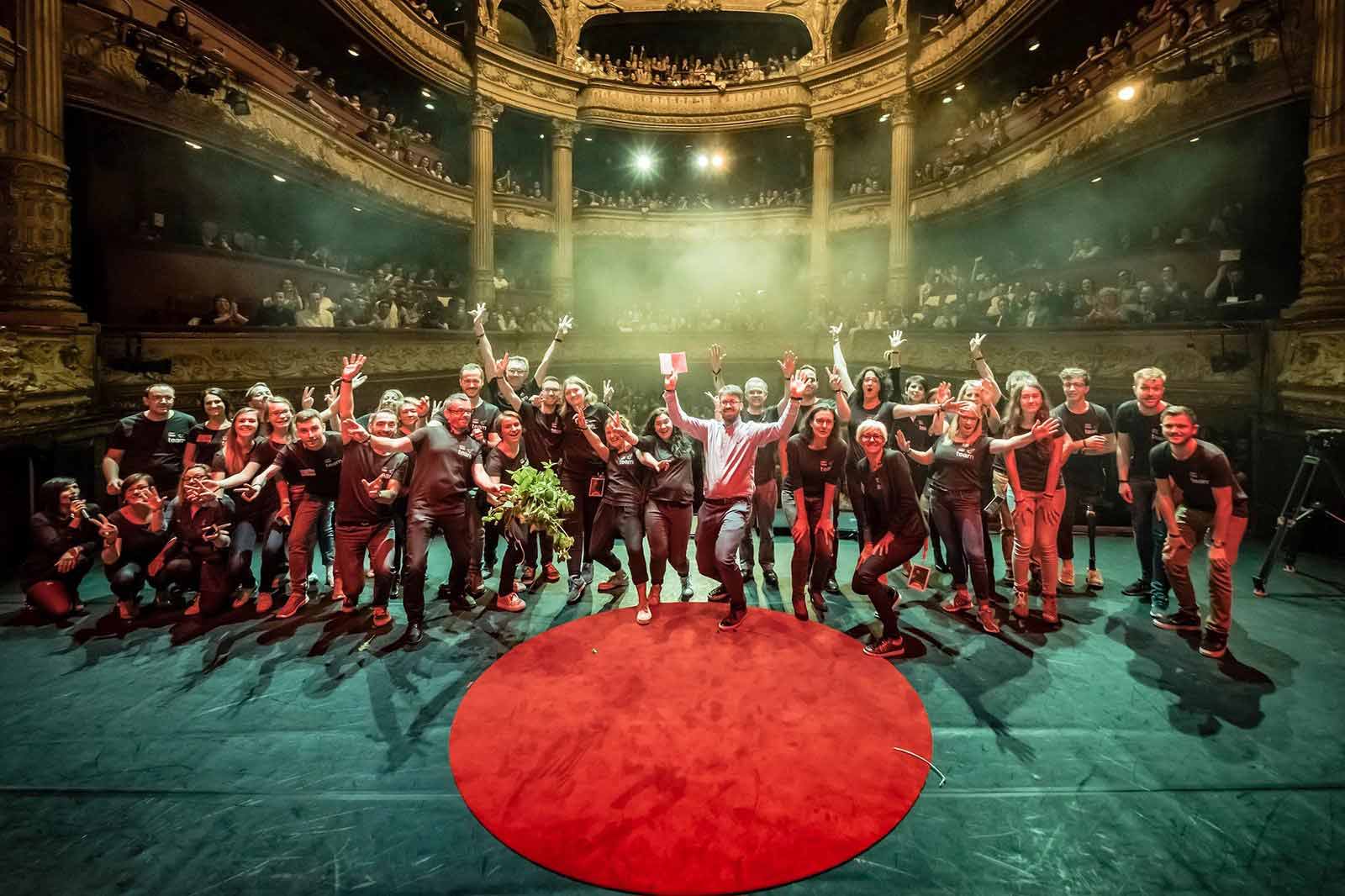

Delighted helps some of the world’s most coveted brands gather actionable customer feedback and make customer satisfaction a competitive advantage.
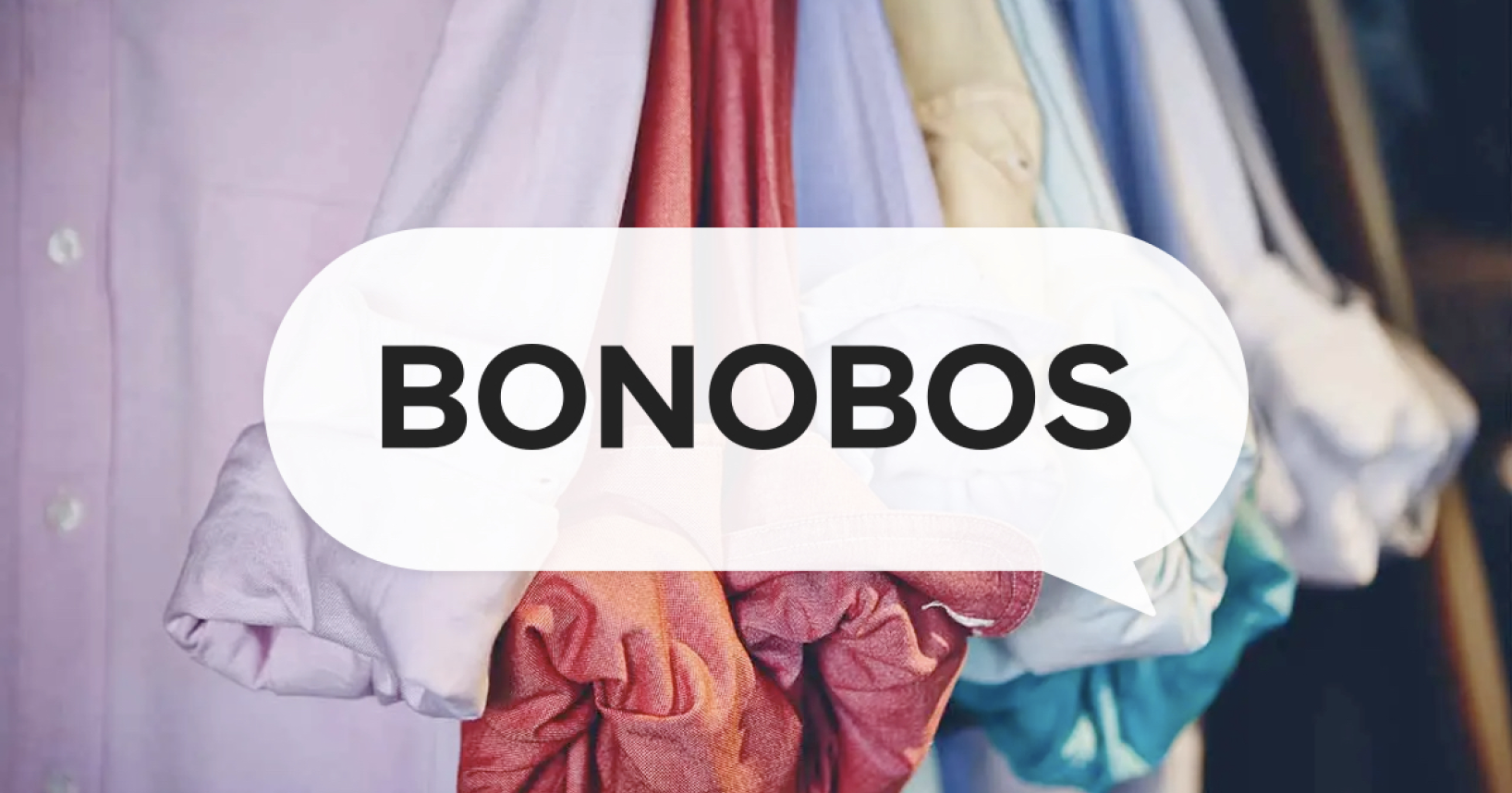
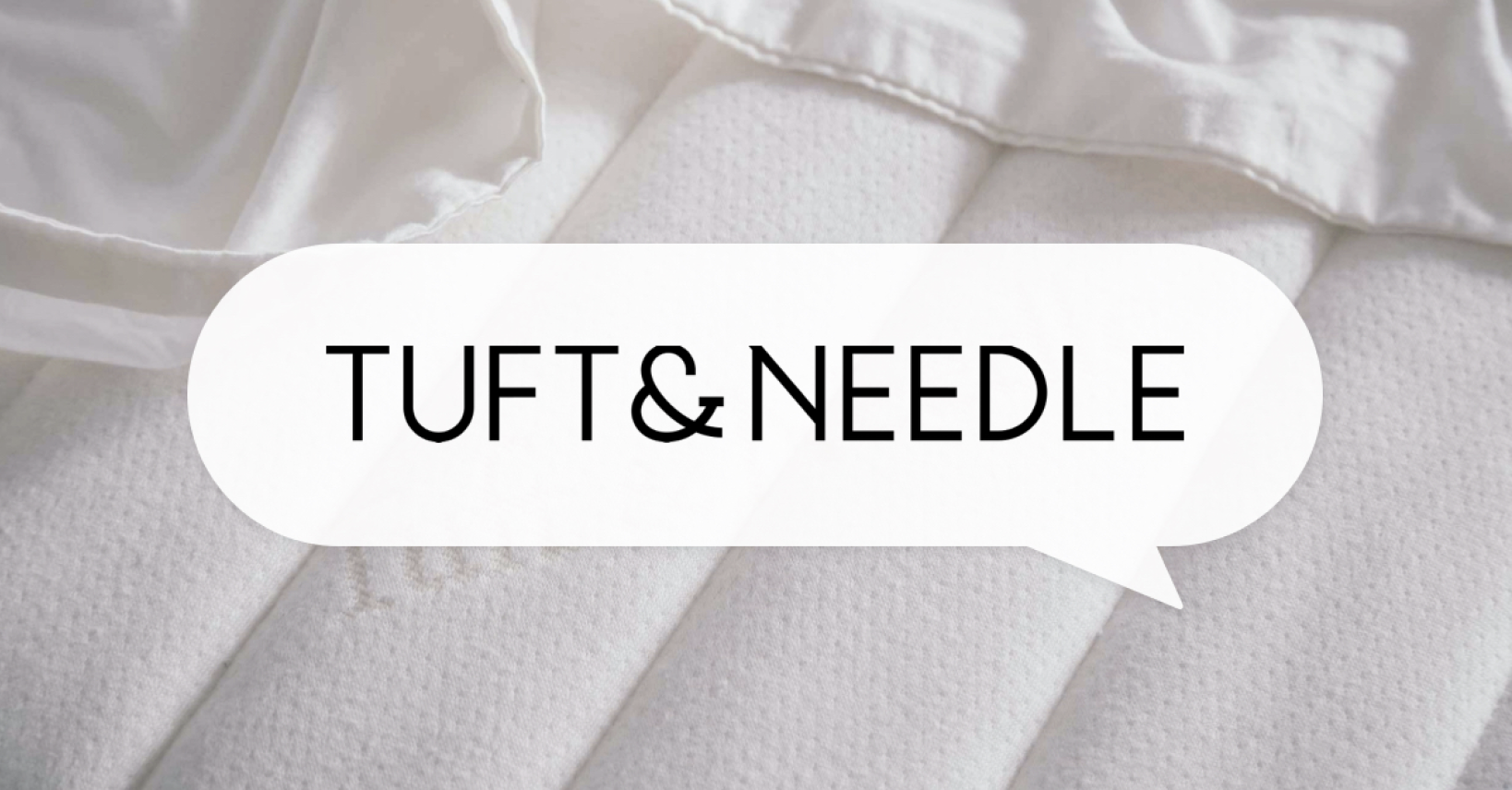

Sign up now to send surveys for free. You’re minutes away from getting feedback!